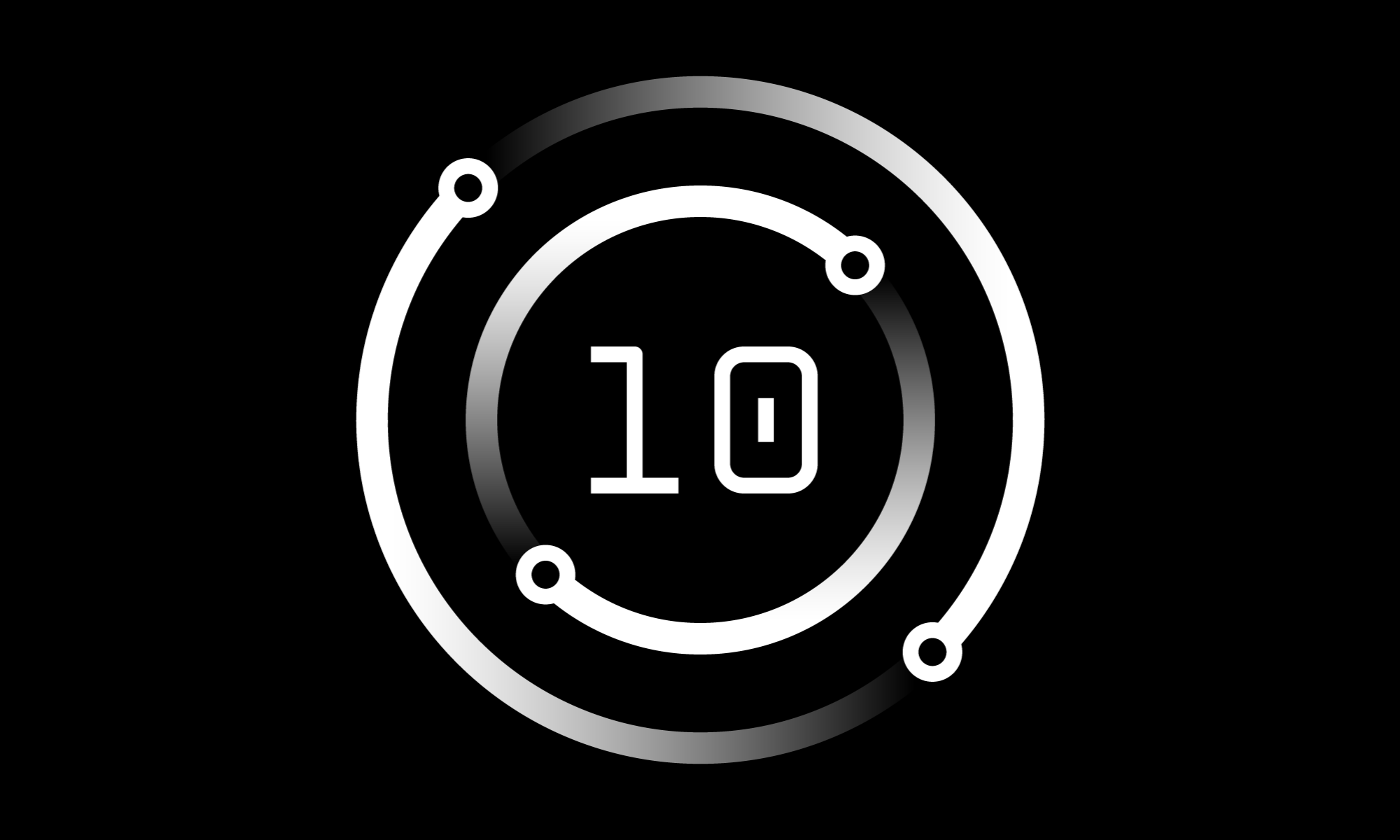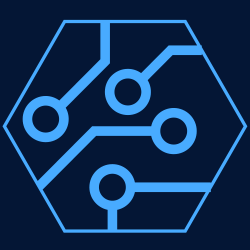Today on the blog, Skytap Technical Product Evangelist Matthew Romero recaps a Global IT webinar exploring the myths and facts around moving #IBMi to @IBMcloud. Check it out here: ow.ly/oe9k50HbSkN pic.twitter.com/5UfoLoLBiS
– Skytap (@Skytap)08:55 – Dec 17, 2021


